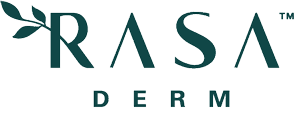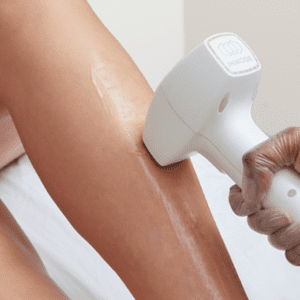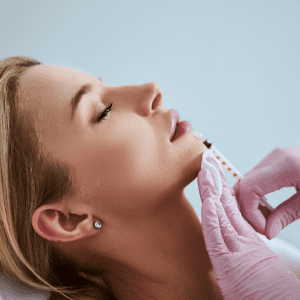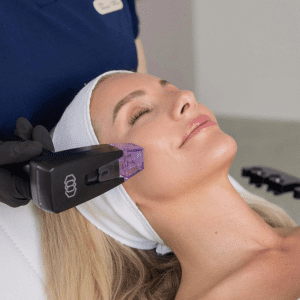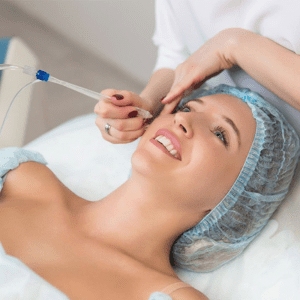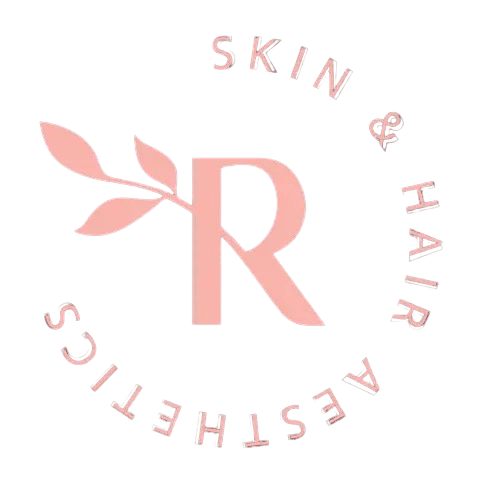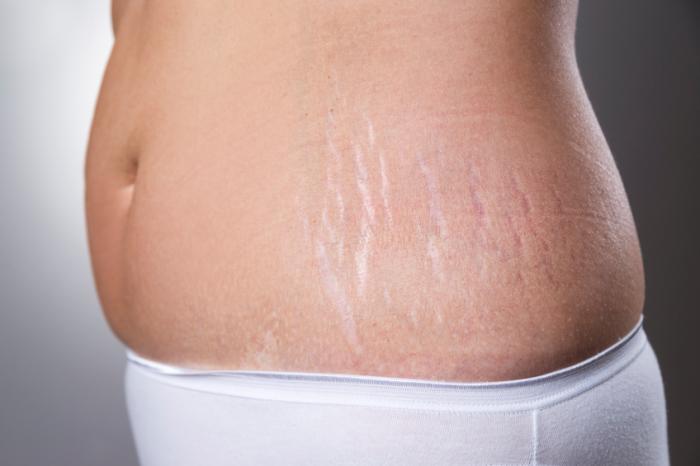
The medical term for visible lines or streaks on skin that form from fast stretching or contraction is stretch marks or striae. These marks appear mostly on the belly, thighs, hips, breasts, arms as well as lower back and buttocks. The colour of stretch marks can range from red to purple to pink to white. Stretch marks negatively impact your skin’s appearance and your sense of self-confidence even though they do not pose medical risks. Our clinic, Rasa Derm, delivers secure procedures that improve skin texture and stimulate collagen development and make stretch marks less noticeable.
When the skin experiences quick size alterations or hormone shifts or tension, it becomes necessary to break the skin’s collagen and elastin fibres, which then results in stretch marks. Here are six typical reasons:
During pregnancy the skin must extend quickly to accommodate the body’s weight gain, thus causing most stretch marks to form around the thighs, breasts, and abdomen. Skin becomes less flexible during pregnancy because of hormonal changes, which leads to more stretch marks during the third trimester.
The puberty stage brings about sudden height and weight modifications that affect most adolescents. Rapid skin stretching due to growth spurts occurs beyond the skin’s adjustment ability, which results in marks on breasts, thighs, hips, and back.
Fast changes in body weight from dietary adjustments or lifestyle changes lead to skin overstretching. These areas experience stretch marks because collagen fibres weaken from the repetitive stretching and shrinking of the skin on the arms, abdomen, and thighs.
Muscle Growth Or Body Building
The rapid expansion of muscle mass exceeds the skin’s natural adaptation time during intense strength training and muscle-building exercises. Men usually experience the highest frequency of this condition, which affects their shoulders and arms as well as their upper chest region.
The risk of developing stretchmarks increases when you share similar genetic makeup with your parents. Skin types with inherited lower collagen production and reduced skin elasticity show more likelihood of developing stretch marks.
You are more likely to get stretch marks if your parents did. Certain skin types have an increased likelihood of developing stretch marks because they either inherit low collagen production or inflexible skin characteristics.
Our practice at Rasa Derm employs proven technological methods to activate collagen production within the skin tissue. These treatments successfully decrease pigment discolouration and create a smoother texture while enhancing skin flexibility.

Fractional Laser Resurfacing
This laser creates micro-channels in the skin to trigger healing and collagen renewal.
- Session Duration: 40-50 minutes
- Sessions Required: 3–6 sessions
- Gaps Between Sessions: 4–6 weeks
- Results: Faded stretch marks, Improved skin texture
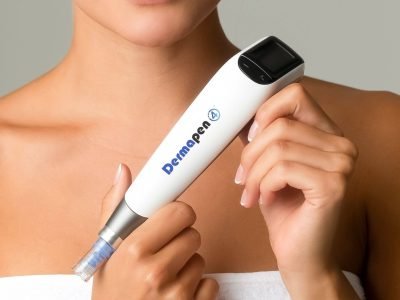
Dermapen-4 (Microneedling)
Advanced microneedling boosts skin regeneration and collagen production.
- Session Duration: 45 minutes
- Sessions Required: 4–6 sessions
- Gaps Between Sessions: 3–4 weeks
- Results In : Smoother, firmer skin
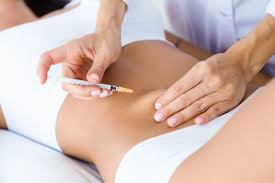
PRP (Vampire Stretch Mark Therapy)
This combination therapy uses your own platelet-rich plasma with microneedling.
- Session Duration: 60 minutes
- Sessions Required: 3–5 sessions
- Gaps Between Sessions: 4–6 weeks
- Results In : Enhanced healing, Skin remodeling
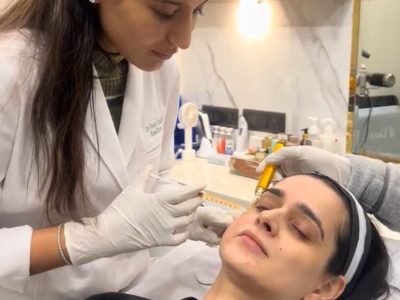
Vampire Facial
Advanced growth factors micro needling for active acne and texture improvement.
- Session Duration: 45–60 minutes
- Sessions Required: 3–4 sessions
- Gaps Between Sessions: 4–6 weeks
- Results In : Firmer, Youthful Skin

